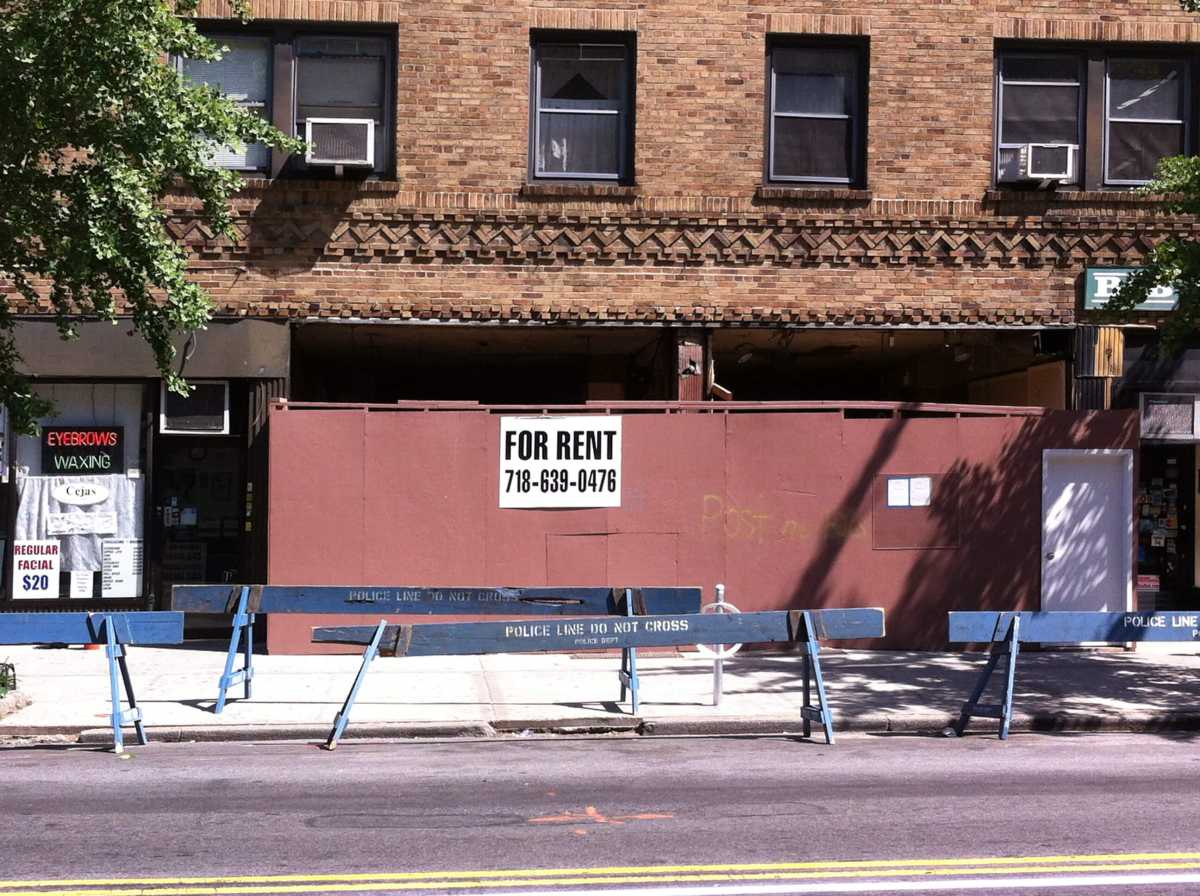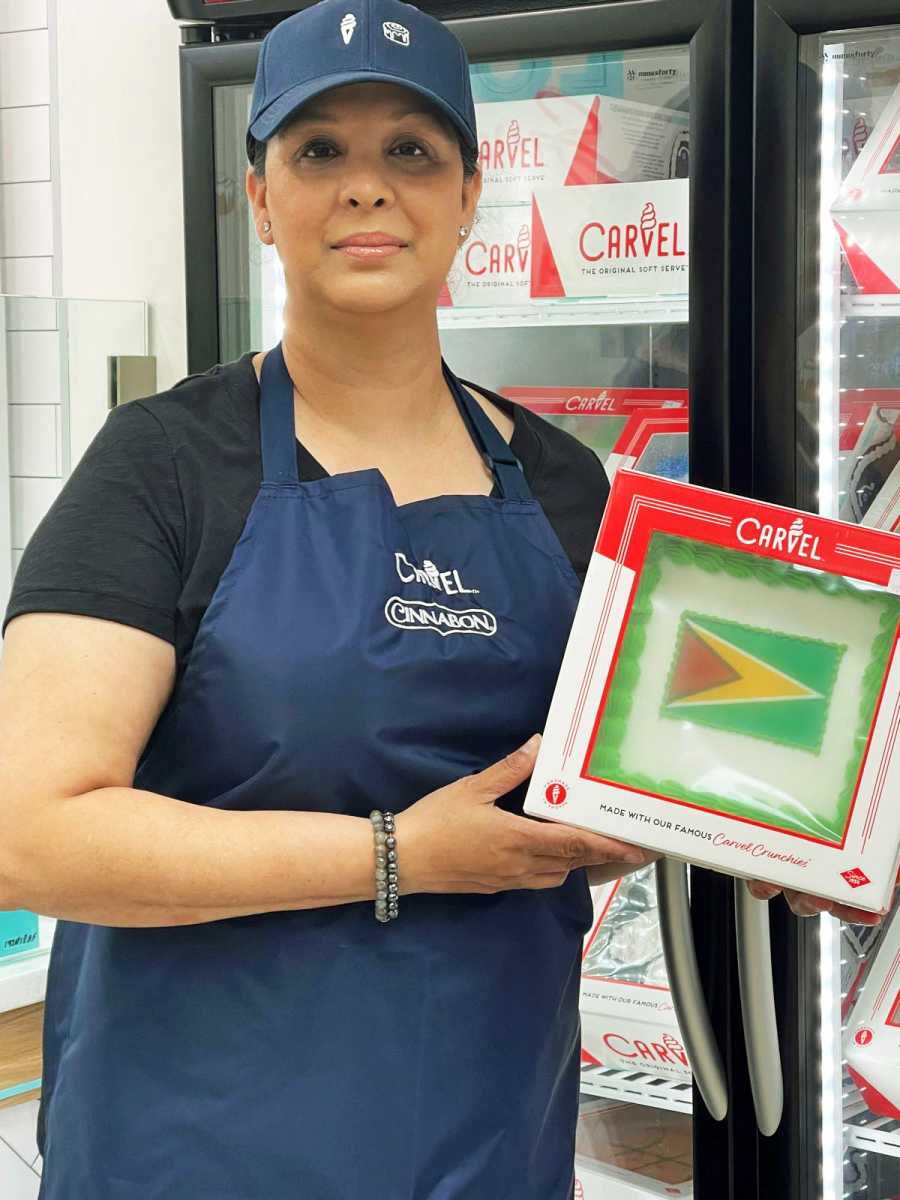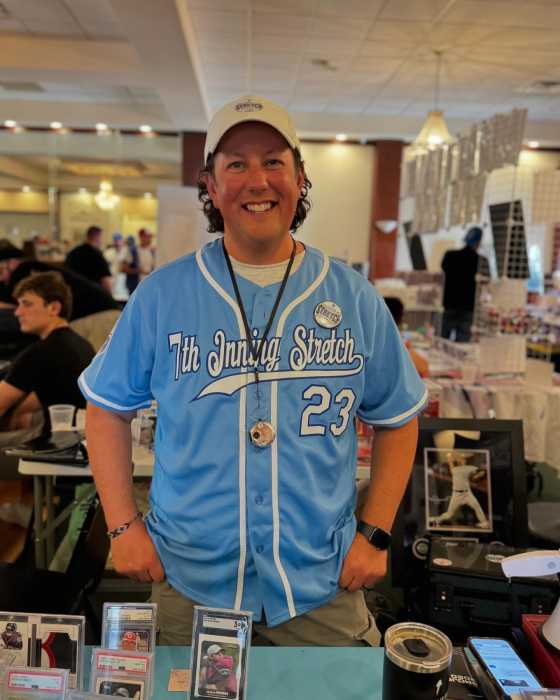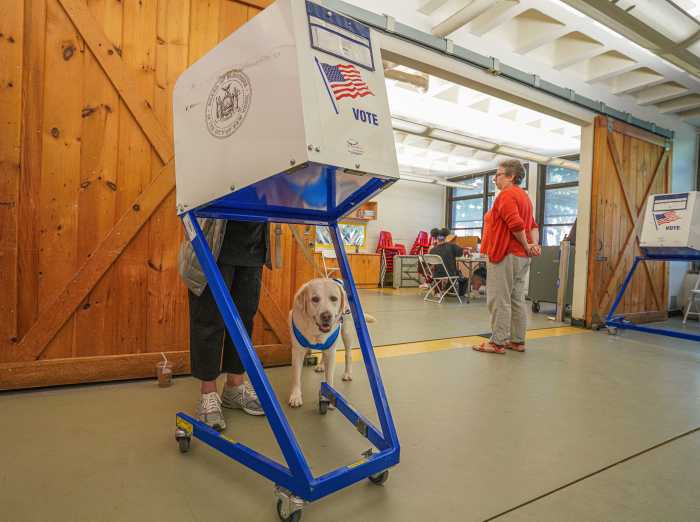An urban planning consultant is working to reinvigorate commerce within the Myrtle Avenue Business Improvement District in Ridgewood by highlighting the affordability of the neighborhood and seeking guidance from the community as how vacant storefronts can be activated.
Wylie Goodman, who is working as a consultant for the Greater Ridgewood Youth Council (GRYC), will hold a Nov. 7 event that will explore how to connect local artists and entrepreneurs with properties that will keep business flourishing in southwestern Queens.
“My hope for the project was to at least start a dialogue about empty storefronts,” Goodman said, explaining how she surveyed storefronts throughout the BID with students and found that while some of the vacancies do not tend to last long, the number of empty spaces remain that way for a long period of time.
According to Goodman, one real estate broker located near Fresh Pond Road and Woodbine Street told her that she has never seen the number of vacancies in the area so bad, with the average number of storefronts for rent fluctuating on average between 30 to 40 at a time.
Ridgewood already has a strong artist population who find the neighborhood easy on their budget, but often commute to businesses they own or work with in Bushwick, Goodman said.
The idea, according to Goodman, is to draw the artists of Ridgewood back to Queens and to fill the empty spaces of their own community.
Ted Renz, the executive director of Myrtle Avenue BID, however, said the district does not have an exceedingly high number of vacancies but the ones that are there do not seem to be getting rented out.
“We really only have a 4 or 5 percent vacancy rate on Myrtle Avenue which is not very high, but some of the vacancies have been around for four, five, six years,” Renz said. “[The event] can open up a discussion on more than just vacancies – what kind of stores do people want to see, we were hoping to engage a lot of different stakeholders … Anything we can learn, it pays to listen.”
Properties are often not big enough for merchants or not in the right part of the commercial district, according to Renz, and traditionally the north side of Myrtle between Onderdonk and Seneca Avenues are in the highest demand.
But while Goodman hopes to tap the commercial success of Ridgewood’s neighbor, Bushwick, she hopes to avoid coaxing gentrification along with it and believes that the notion of artists driving the issue is a misconception.
This will require tapping into the existing residents through outreach on the streets as well as through social media channels and seeking the feedback of the BID and Community Board 5, Goodman said.
The GRYC’s initiative to activate empty storefronts is backed by a grant from the nonprofit Enterprise Community Partners (ECP) and engaged high schoolers in the neighborhood to get involved with tracking vacancies.
“We believe the effort is good for the community and we want to be as supportive as we can,” Bob Monahan, the president of the GRYC, said.
With the $5,000 awarded from ECP, Goodman has been able to keep accurate numbers on vacancies in Ridgewood, though it is a constantly changing landscape where business come and go with high regularity.
The Nov. 7 dinner event, by RSVP only will take place at Ridgewood Savings Bank at 71-02 Forest Ave. and will begin at 6 p.m.







































